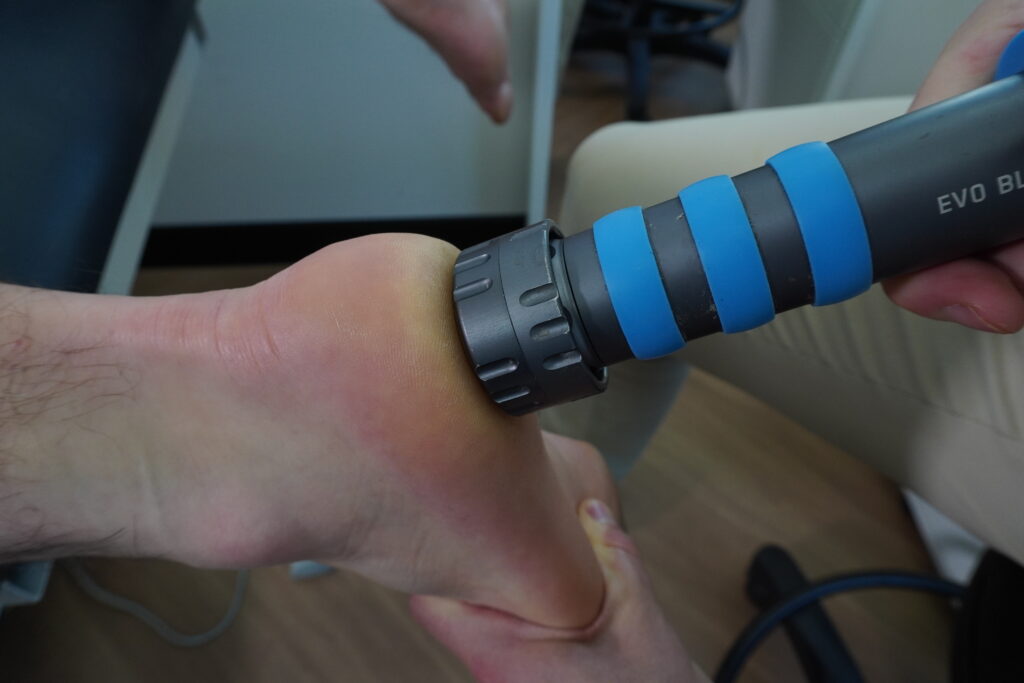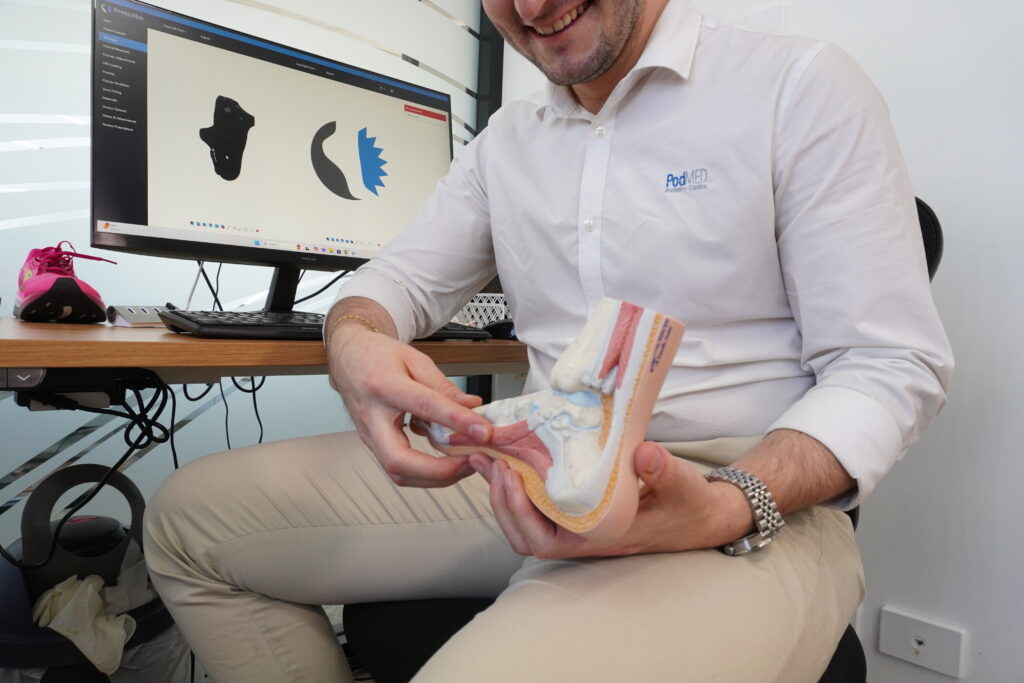Children’s feet grow and develop rapidly, and small issues can become long-term problems if left unaddressed. Paediatric podiatry focuses on ensuring your child’s lower limbs are growing and functioning as they should. Concerns like unusual walking patterns, flat feet, growing pains, or foot and ankle discomfort are best identified and managed early. Regular check-ups can improve comfort, support healthy development, and lay the groundwork for a lifetime of strong, pain-free movement.
While some foot conditions, such as flat feet, can be inherited, many others develop as children grow. In early childhood, bones are still soft and easily influenced by activity and movement. As children pass through key “age for stage” developmental milestones, it’s important to monitor how their feet and legs are developing. We recommend a podiatric assessment before the age of five, even if there are no symptoms, to catch potential issues early and help prevent future complications.
We also regularly see teenagers (ages 10–18) with sports-related injuries. These are often dismissed as growing pains but may be signs of strain or overuse. Ongoing or worsening pain, especially after activity or at rest – in the feet, ankles, shins, knees, or thighs should never be ignored.

